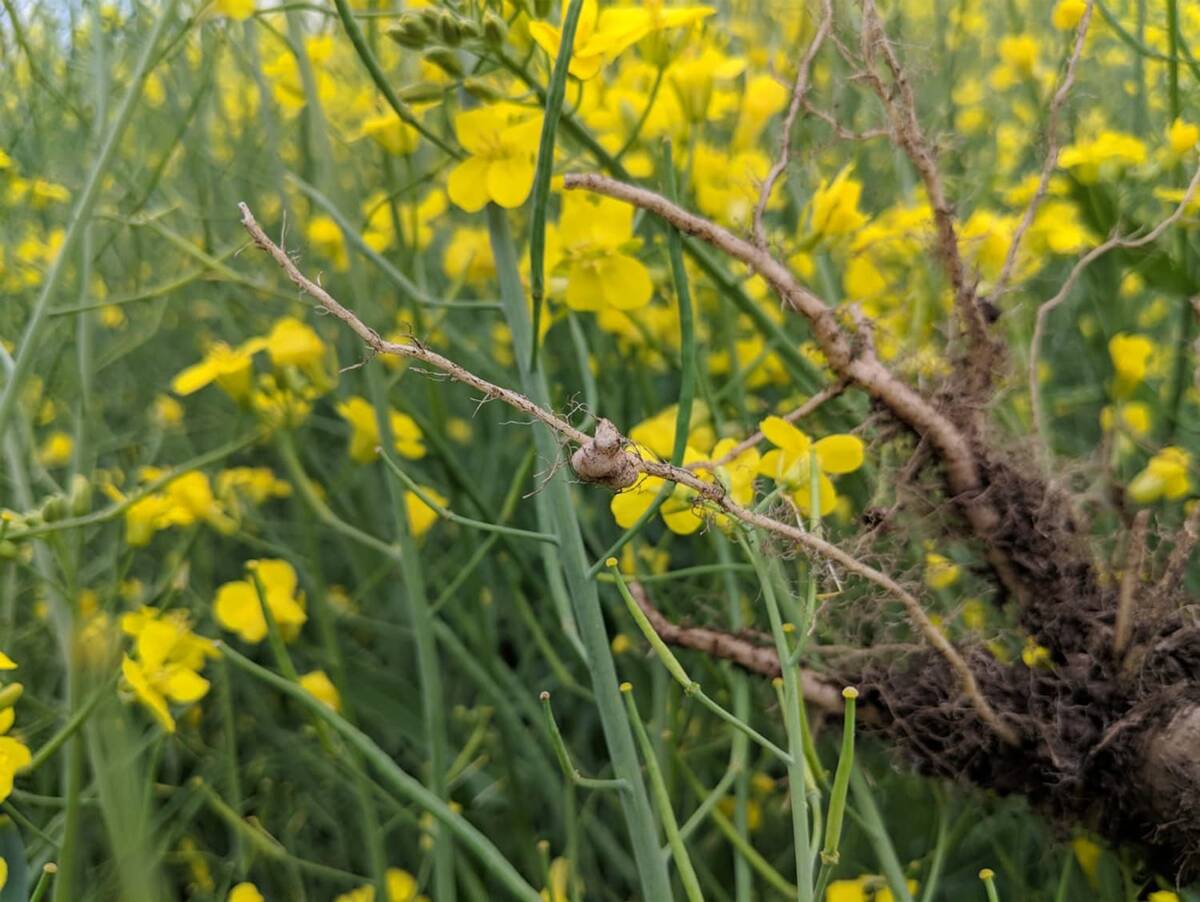Increasing water demand in the Regina-Moose Jaw corridor could benefit Saskatchewan farmers who have long wanted to irrigate.
Provincial government officials say they are looking for money for a feasibility study to determine how best to deliver more water to the region from Lake Diefenbaker. That could mean irrigation opportunities for farmers along the route.
“It’s only at very preliminary stages,” said Wayne Dybvig, vice-president of operations for the Saskatchewan Watershed Authority. The process could take years.
Regina and Moose Jaw are both growing. At the Belle Plaine industrial park between the two, an expansion at Mosaic’s potash solution mine, a potential new mine, the 2008 addition of Terra Grain Fuels’ ethanol plant and long-term plans for more industry will only add to the demand.
Read Also

Going beyond “Resistant” on crop seed labels
Variety resistance is getting more specific on crop disease pathogens, but that information must be conveyed in a way that actually helps producers make rotation decisions.
“We need to be looking at getting more water into Buffalo Pound Lake for the long-term water supply needs,” Dybvig said.
An existing 100-kilometre canal, designed to take water from the Qu’Appelle Dam at the southeast end of Lake Diefenbaker into Buffalo Pound Lake, and then the Qu’Appelle River and lakes system, needs work.
The first 30 km of the Qu’Appelle conveyance is a man-made canal and the remainder is natural channel, Dybvig explained. Designed for a capacity of 14 cubic metres per second, the channel has deteriorated since it was built 40 years ago.
“We have weed growth, erosion, sedimentation,” he said.
During the summer, flow is now down to about six cubic metres per second and improvements have to be made.
Officials are looking at enlarging the existing canal and enhancing the slopes or creating an upland canal and pipeline system where the water would be pumped out of the valley and run through a line along the south side. That would offer producers the opportunity for irrigation.
The Saskatchewan Irrigation Projects Association has proposed a 113,000-acre block of irrigated land known as the Qu’Appelle South Irrigation Project. It would allow farmers in a region along Highway 42, from Bridgeford to between Marquis and Tuxford, to access water.
SIPA chair Roger Pederson said most involved agree the upland canal system is the best option but more information is needed.
Soil studies, geotechnical reviews and environmental assessments are required. Topography information from the 1960s must be updated.
“We’re two or three or four years away (from being shovel-ready) if we start tomorrow,” he said.
Pederson senses there could be headway soon. He likens the situation to the one that led to the Gardiner and Qu’Appelle dams and Lake Diefenbaker reservoir.
Although locals had promoted the idea of the lake and dams for years, it wasn’t until then-prime minister John Diefenbaker, premier Tommy Douglas and federal agriculture minister Jimmy Gardiner took the lead that the project was accomplished.
“We’re almost at that point now,” Pederson said. “Someone in a position of power just has to realize that it is the right time to do this.
“I think we have a number of cabinet ministers and MLAs on both sides who see it as positive.”
The project costs are not yet known but some suggest between $250 million and $1 billion. A study for SIPA done by AECOM estimated capital costs of between $500 and $600 million.
But Pederson notes that doesn’t get the water on his fields. On-farm costs – borne by farmers – will be at least another $100 million.
“The lion’s share has to be borne by the federal and provincial governments,” he said, adding that payback starts immediately.
An Alberta study found that the benefit to farmers of government investment in irrigation was between 15 and 18 percent. Society as a whole benefited from the rest.
Meanwhile, SIPA recently embarked on a mission to gain support from agricultural organizations, communities and individuals who favour irrigation development. Pederson said letters are coming in and they will become part of SIPA’s discussion with government.
















